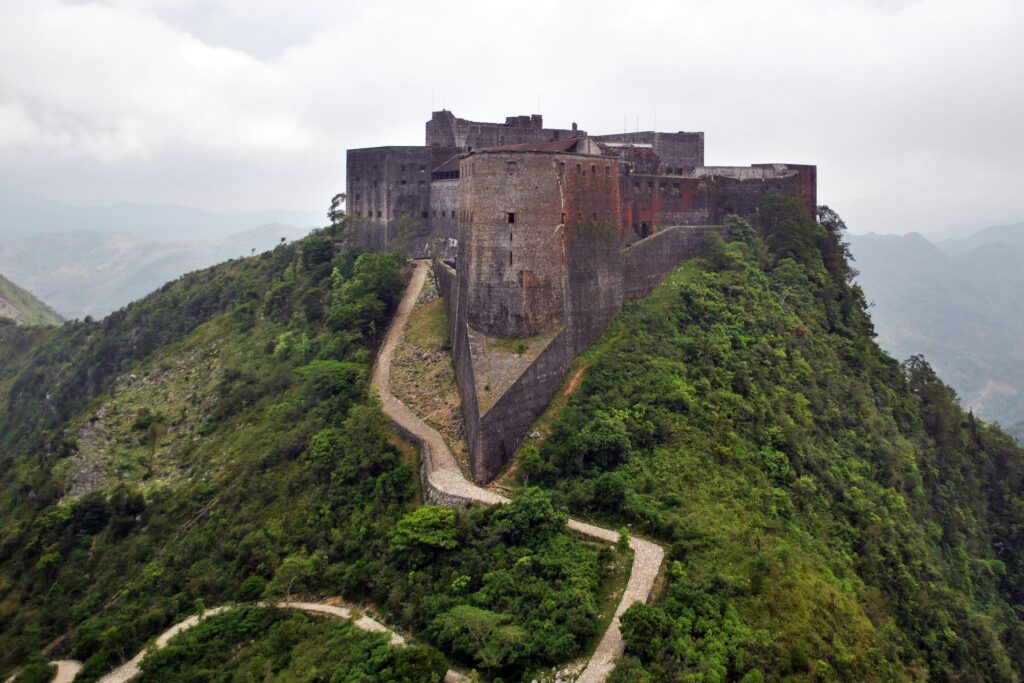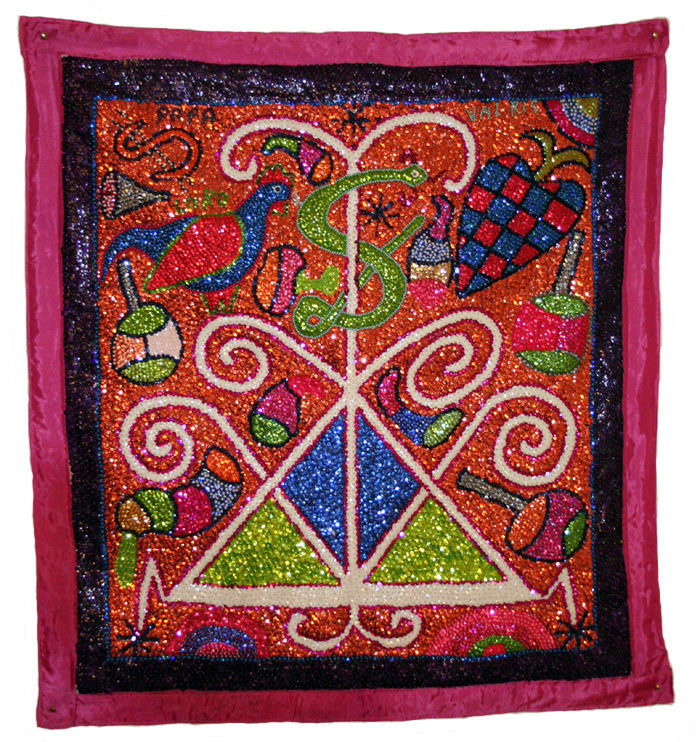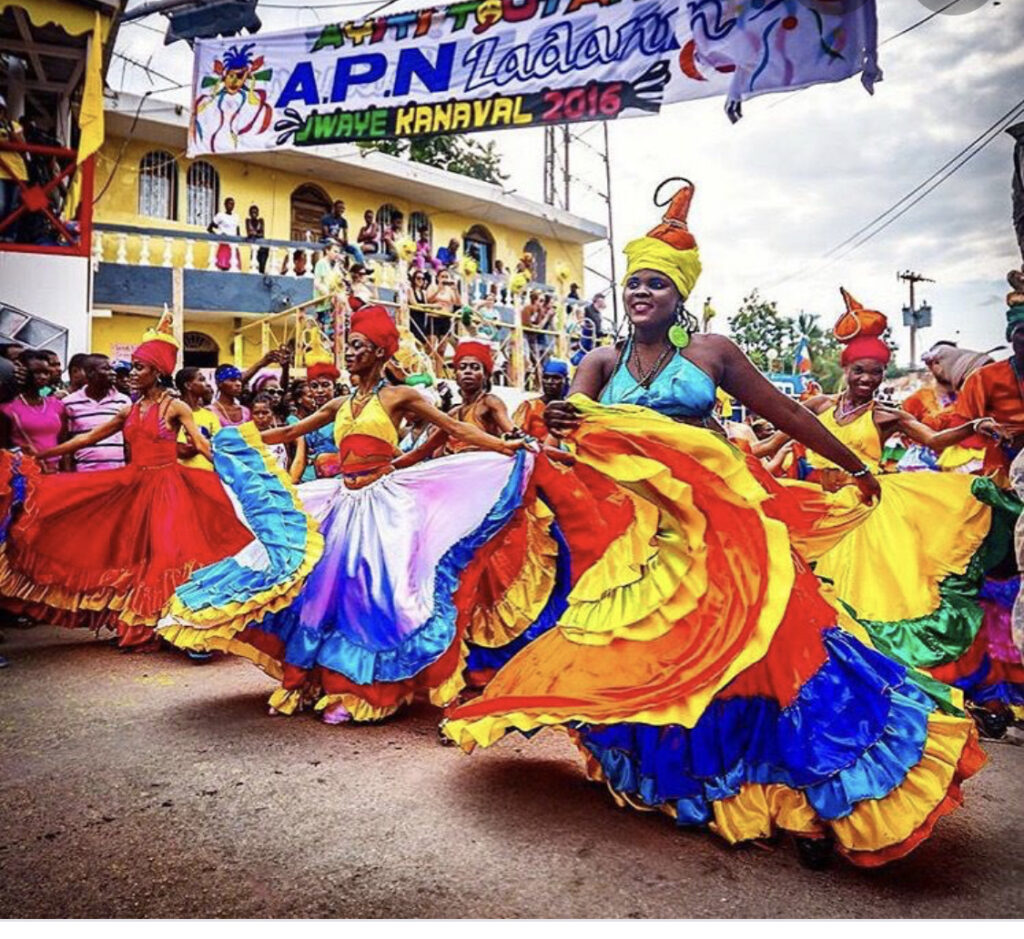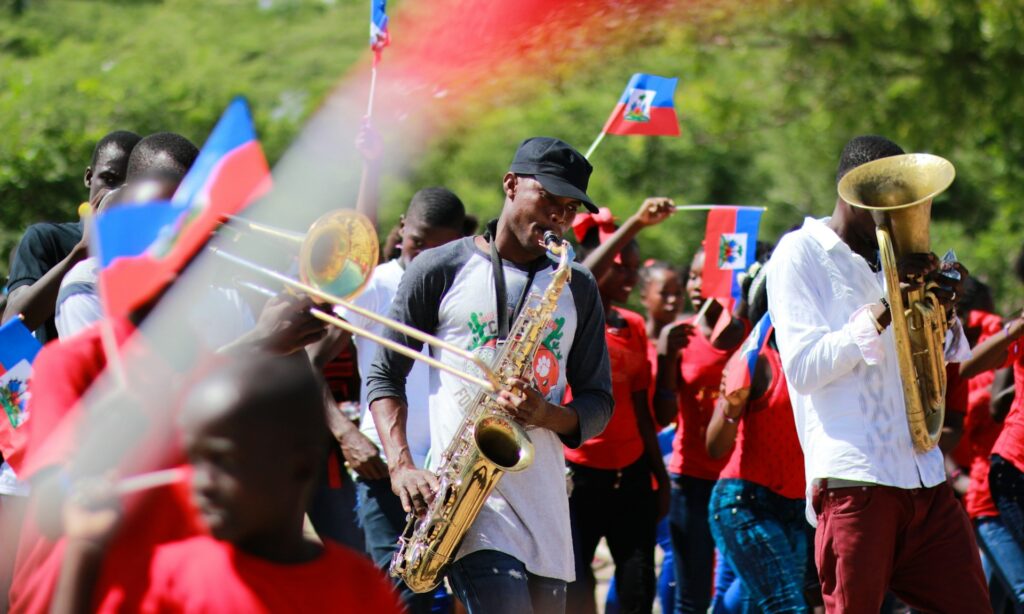In spite of being one of the poorest countries in the world and racked by disaster and violence, there are many beauties in Haiti. The unique creole culture is a vibrant blend of African, Spanish, French, and native Taino influences and makes for lively expressions in art, festivities, and daily life.
UNESCO
When Columbus arrived in 1492, he found a flourishing population and culture that swiftly deteriorated under the colonial institution. While there remains a great deal for archeology to explore of this and earlier eras, Haiti’s single UNESCO World Heritage Site is a testament to the turn of a century 400 years later.

Both military installation and political manifesto, the Citadelle Henry, constructed to a height of 970m, is one of the best examples of the art of military engineering of the early 19th century.
– UNESCO
Constructed by former slaves who fought a 13-year revolution for their freedom, the mountaintop Citadelle Laferrière was built as a bastion of liberty. The largest fortress in the Americas, it could garrison up to 5,000 men, has near-impregnable defensive walls, and includes an elaborate system of water supply and cisterns that make this site truly remarkable. Not to mention the views remain as spectacular today as they were 200 years ago. Today, the site also includes ruins of the opulent Palace Sans-Souci, one of the largest cannon collections in the world, and a museum and gallery in the Citadelle’s courtyard. One of the country’s most iconic attractions, the Citadelle even appears on stamps and currency!
Want to Know More?
Check out this Visit Haiti article!
Food
Did you know that besides culturally important cites, UNESCO also lists Intangible Cultural Heritage – which includes food! One such is a Haitian soup of squash purée, beef, vegetables, and potatoes known as Soup Joumou. Eaten on New Year’s Day – which doubles as Haitian Independence Day – as a toast to their history, Haitians celebrate their independence by eating this traditional dish their colonials masters forbid them to eat.[1] As a whole, Haitian cuisine takes inspiration from the rich variety of its history, from the corn and coconut milk porridge akasan that, name and all, harkens back to the indigenous Taino, to the African import lalo, or stewed jute.[2] Full of fresh, local produce, Haitian food is a delicious, triumphant melding of cultures.

Art
Art is everywhere in Haiti, from local tap-tap taxi buses to high-value works enshrined behind glass in museums. In spite of ongoing economic, environmental, and political strife, art continues to thrive in Haiti, whether traditional painting, modern metal sculpture, or religious iconography. One truly unique Haitian artform is vodou flags. Haitian Vodou is a religion predominantly imported from Africa, melded not only with European Catholicism, but also with the indigenous Taino religion.
Ceremonial flags illustrate the divide between sacred and secular: their colorful beauty invites spirits to take part in the ceremony, acting as a ‘call to order.’
– Mélissa Leclézio, writing for Culture Trip
Masterfully beaded and sequined, the flags depict a variety of symbols and images and were purely religious before the 1950s. Today, however, they are also sold purely as art.
Want to Know More?
Check out this Haitian Art Society article!
Music
Like vodou, Haitian music has deep roots in its varied cultural ancestors. And, like the vodou flags, rara is a unique blend of sacred and popular music that has become uniquely Haitian. Rara bands sing and blare traditional goatskin drums, bamboo horns, and trumpets from Epiphany until Easter, a parading demonstration that harkens back to African festivals. Musicians wander for miles during these events, collecting a chorus of singing, dancing fans as they go and stopping at important or sacred places such as graveyards, where they play and salute ancestors. Whether a simple band creating a tempo with stamping feet or famous societies with brass bands, the parades are lively and infectious, and spread a Carnaval ambiance wherever they go.
Learn more about Rara in this Smithsonian Music article!

Festivities
Haiti is known for the vibrancy of its festivals, where Haitian dance and music are often on display. The most widely known, of course, is Carnaval! Like all things, Haitians have their own twist, with large and spectacular handmade papier-mâché masks and costumes embodying characters and figures from local legends and history.
Want to Know More?
Check out this Jacmel Carnival article from Visit Haiti!
Less famous is the Festival d’Haïti, or The Festival of Haiti. This July event celebrates all things Haitian and is held in the capital, Port-au-Prince. The festival showcases Haitian culture with demonstrations of iconic music and dance, food, and art. More than an extravagant party, local artisans sell their wares at craft fairs and provide workshops that give visitors the opportunity to participate in their vibrant culture. From vodou jazz to the Haitian quadrille to cow foot ragou, this cultural extravaganza celebrates the unique melting pot that has shaped the many beauties of Haiti’s culture.[3]
[1] https://www.chefspencil.com/top-haitian-foods/
[2] https://visithaiti.com/food-drink/haitian-cuisine/
[3] https://jiriecaribbean.com/exploring-vibrant-festivals-events-haiti-cultural-extravaganza/
